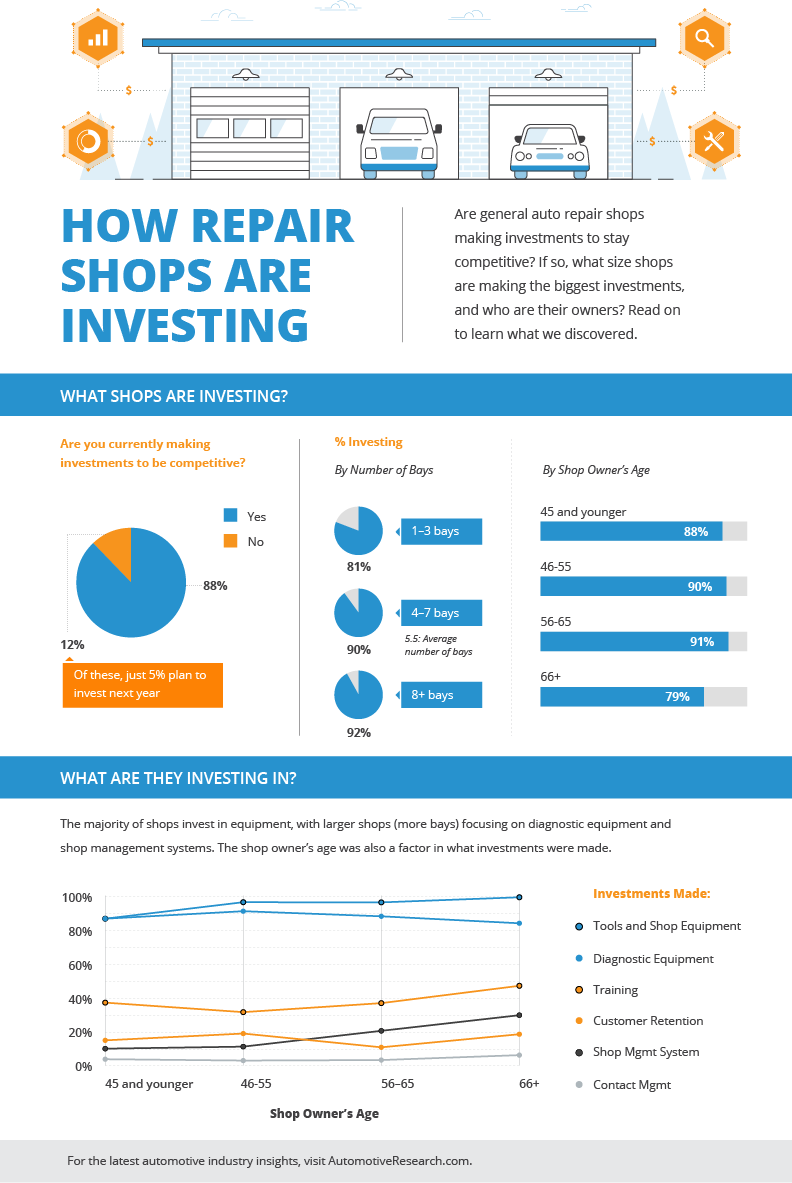Assessing Your Automobile'S Caution Indicators: What They Actually Communicate
Assessing Your Automobile'S Caution Indicators: What They Actually Communicate
Blog Article
Authored By-Lim Kejser
When you lag the wheel, those beautiful warning lights on your control panel can be a little bit difficult. Do you know what they're trying to inform you concerning your cars and truck's health? Recognizing the relevance of these lights is essential for your safety and security and the durability of your lorry. So, the next time among those lights turns up, would not you want to decode its message properly and take the necessary steps to address it?
Common Warning Lights and Interpretations
Identify typical warning lights in your vehicle and understand their significances to guarantee secure driving.
One of the most common caution lights consist of the check engine light, which indicates problems with the engine or exhausts system. If carwash nearby comes on, it's important to have your vehicle examined immediately.
The oil stress cautioning light shows low oil pressure, needing instant focus to avoid engine damage.
A flashing battery light might suggest a faulty charging system, possibly leaving you stranded otherwise addressed.
The tire pressure tracking system (TPMS) light signals you to low tire pressure, affecting automobile security and fuel effectiveness. Disregarding this can lead to hazardous driving problems.
The abdominal muscle light shows a trouble with the anti-lock braking system, jeopardizing your ability to quit swiftly in emergency situations.
Finally, the coolant temperature level advising light warns of engine getting too hot, which can cause extreme damage if not fixed swiftly.
Recognizing these typical caution lights will aid you attend to concerns quickly and maintain risk-free driving problems.
Significance of Prompt Focus
Understanding the usual caution lights in your cars and truck is just the first step; the relevance of without delay dealing with these warnings can not be emphasized enough to guarantee your safety and security when driving.
When a warning light illuminates on your control panel, it's your automobile's way of interacting a possible issue that requires attention. Overlooking these cautions can bring about a lot more serious problems in the future, jeopardizing your security and possibly costing you a lot more out of commission.
Trigger interest to alerting lights can avoid break downs and accidents. For example, a blinking check engine light can show a misfire that, if left ignored, could cause damage to the catalytic converter. Addressing this promptly can save you from a pricey repair work.
Likewise, a brake system advising light could signal reduced brake fluid or used brake pads, critical parts for your security when driving.
DIY Troubleshooting Tips
If you observe a warning light on your dashboard, there are a couple of do it yourself troubleshooting tips you can try prior to looking for expert aid.
The first step is to consult your automobile's manual to understand what the certain caution light shows. In some cases the problem can be as straightforward as a loosened gas cap activating the check engine light. Tightening the gas cap might fix the trouble.
just click the next post is a reduced battery, which can trigger various alerting lights. Examining the battery links for corrosion and guaranteeing they're protected may fix the issue.
If a caution light persists, you can attempt resetting it by separating the car's battery for a couple of mins and afterwards reconnecting it. Additionally, inspecting your vehicle's liquid degrees, such as oil, coolant, and brake fluid, can help troubleshoot advising lights related to these systems.
Verdict
To conclude, understanding your vehicle's warning lights is vital for keeping your vehicle running smoothly and safely. By quickly resolving these informs and understanding what they suggest, you can prevent expensive repairs and potential malfunctions.
Bear in mind to consult your auto's guidebook for particular details on each alerting light and do something about it as necessary to guarantee a trouble-free driving experience.
simply click the following internet site educated, remain secure when driving!
